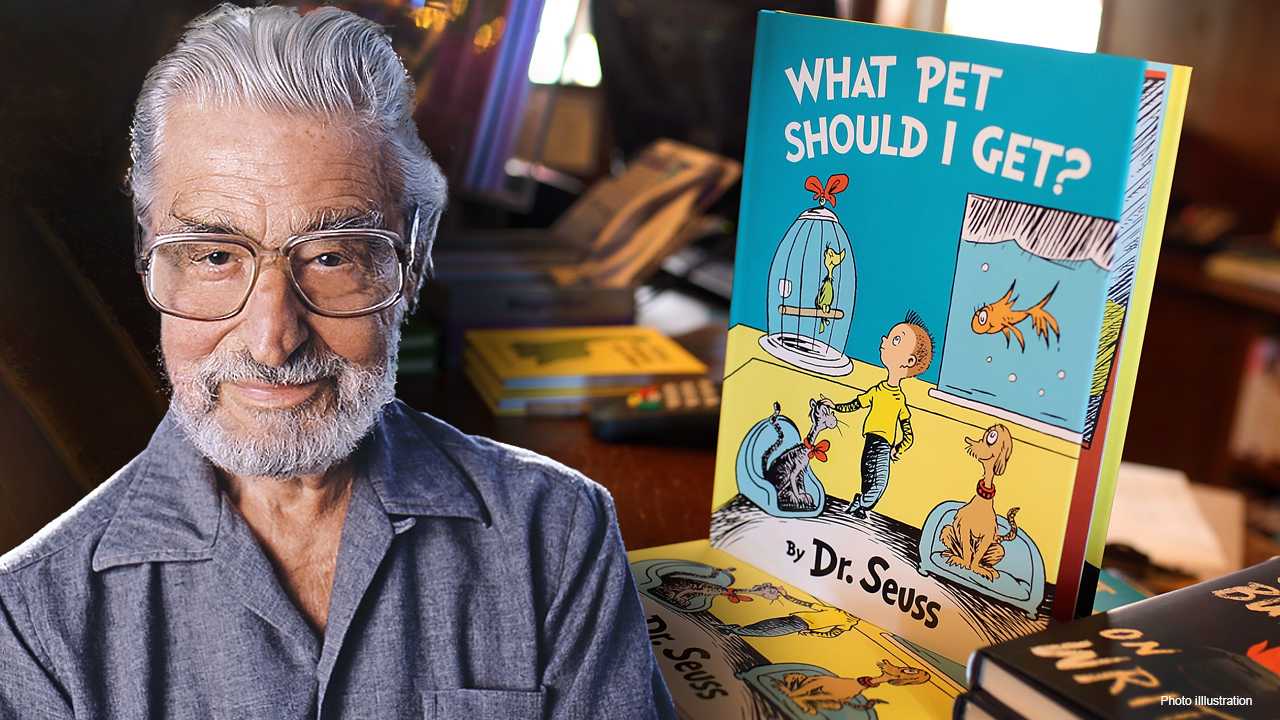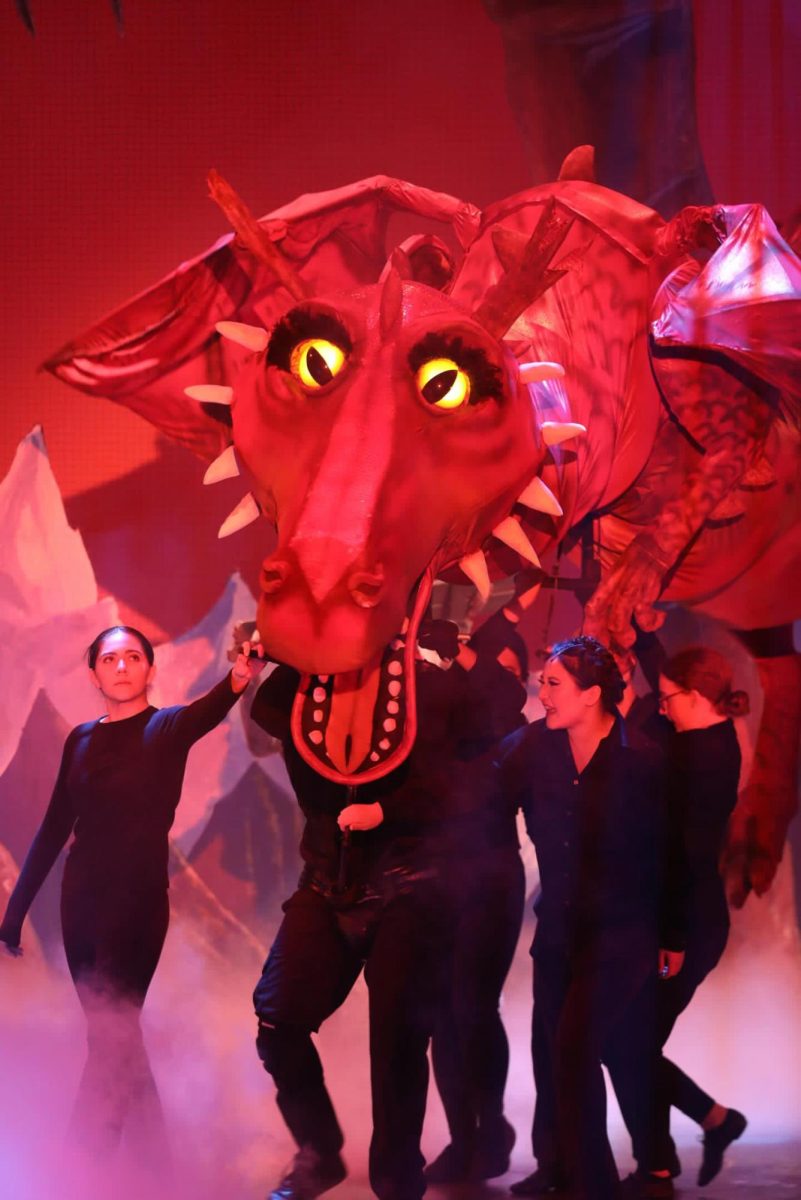By Ryan Sieh | Staff Writer

On March 2, NBC news announced that “the business that preserves Dr. Seuss’ legacy announced that six of the celebrated author’s books for children will stop being published because of racist imagery.” This move was justified, based on the content in these publications.
With over 45 published books, translated into dozens of languages, Theodor Seuss Geisel, also known as Dr. Seuss, has been a fond part of millions of people’s childhoods. From “The Cat in the Hat” to “The Lorax,” Seuss’s stories have brought awareness to global problems such as deforestation and pollution, and how to treat people with respect.
Though normally considered a positive influence, research in recent years has shown that his view on the world and how he portrayed his characters, was often misleading at best and racist at worst.
Dr. Seuss Enterprises (DSE) confessed that the books published from the 1930s to the late 1970s “portray people in ways that are hurtful and wrong,” leading the business to stop the publication of certain books.
In “And to Think That I saw It on Mulberry Street,” a white man is shown whipping a black man and “an Asian person is portrayed wearing a conical hat, holding chopsticks, and eating from a bowl,” stated AP News.
In “If I Ran the Zoo,” a boy stands on the heads of Asian characters while holding a gun, and two African American men are shown to be barefoot and wearing grass skirts.
A 2019 survey conducted by Katie Ishizuka and Ramón Stephens found that only two percent of the human characters in Suess’ stories were people of color, while the other 98 percent were white. Not only are the white characters presented in a more positive way, but they are also seen as figures of oppression to the people of color in his books. This disparity shaped the way millions of children viewed people who were different from them and could have potentially promoted racism and xenophobia.
A Day In Our Shoes, an educational planning service, stated, “Research shows that even at the age of [three], children begin to form racial biases, and by the age of [seven], those biases become fixed.”
It is for all of these reasons that the DSE stopped the continued printing of the most egregious of Seuss’s books.
No one can argue that Seuss also had a positive impact on millions of children’s lives, however, it is important to shine light on his flaws. Dr. Seuss was a prolific author with a racist past and the books he wrote consisting of racist content negatively affect younger audiences. Therefore, their removal from the Seuss canon of idolatry is justified.






